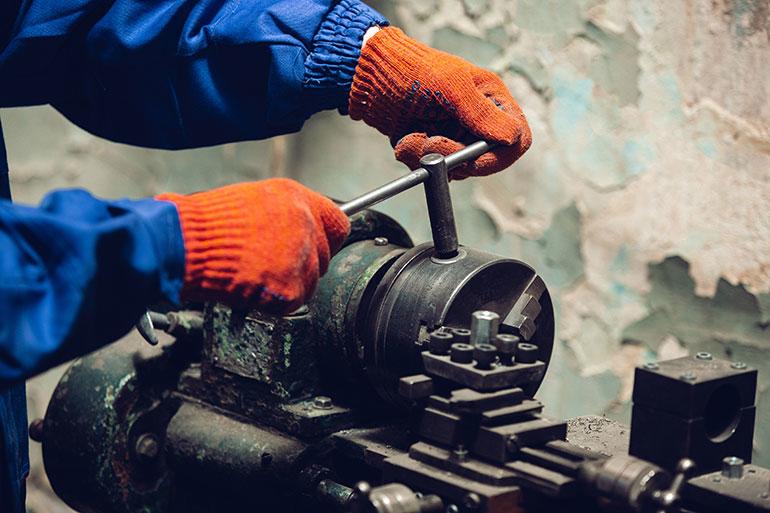What should start-up factories pay attention to when purchasing laser cutting machines?
What Should Startups Pay Attention to When Purchasing Laser Cutting Machines?
When a startup decides to purchase a laser cutting machine, it is a significant investment that requires careful consideration. Laser cutting machines can drastically improve production efficiency and product quality, but the wrong choice could lead to unnecessary expenses and maintenance challenges. In this article, we will explore key factors that startups should keep in mind when selecting a laser cutting machine, providing insights into machine types, technical specifications, cost considerations, and long-term service and support.
Key Factors to Consider When Purchasing a Laser Cutting Machine
1. Understanding Different Types of Laser Cutting Machines
Startups should first familiarize themselves with the different types of laser cutting machines available in the market. The main categories include CO2 laser cutting machines, fiber laser cutting machines, and crystal laser cutting machines. Each type comes with distinct advantages depending on the material to be processed and the required cutting speed and precision.
CO2 laser cutting machines are generally more affordable and effective for cutting non-metal materials such as wood, plastics, and textiles. However, fiber laser cutting machines are better for metal processing, offering higher cutting speeds and precision. Startups should assess their production needs and material requirements before making a selection.
2. Material Compatibility
The machine’s compatibility with the materials you plan to cut is essential. Different laser cutting machines work better with different materials. Fiber lasers, for example, are excellent for cutting metals such as stainless steel, aluminum, and brass, while CO2 lasers work well with non-metal materials like acrylic, plastic, and wood. A wrong choice could limit your operations and lead to higher maintenance costs or poor cutting results.
3. Cutting Speed and Precision
The cutting speed and precision of a laser cutting machine are crucial factors that can directly impact production efficiency and quality. If your business focuses on high-volume production, speed will be important, but precision should not be sacrificed. High-precision machines tend to be more expensive but provide better results in complex cuts or small-scale production. Carefully consider your production scale and demand for high-quality cuts when selecting a machine.
4. Machine Size and Work Area
The size of the machine and its working area can significantly affect the type of projects you can handle. Laser cutting machines vary in size, with some offering a compact design for smaller projects, while others are designed for larger sheets of material. Startups should choose a machine that fits their available space and meets the required production volumes.
5. Cost Considerations and Budgeting
Purchasing a laser cutting machine is a major financial commitment. It’s important to evaluate both the initial cost and long-term expenses. Fiber laser cutters tend to have higher initial costs than CO2 laser cutters, but they may offer better energy efficiency and longer lifespans. Startups should balance the machine’s upfront cost with its expected maintenance, repair, and operational costs over time.
6. Maintenance and Durability
Every piece of machinery requires maintenance, and laser cutting machines are no different. Startups should prioritize machines with good durability and low maintenance requirements. Additionally, it’s essential to evaluate the availability of spare parts and the manufacturer’s reputation for providing reliable after-sales service. A machine that requires frequent repairs can be costly, disrupting your operations.
7. Service and Support
The quality of after-sales service is another critical factor when purchasing a laser cutting machine. A reliable service provider will offer technical support, training, and troubleshooting assistance. Check whether the manufacturer offers extended warranties or annual maintenance contracts, which can help reduce unexpected downtime and repair costs. Startups that rely on continuous production cannot afford to experience long periods of machine downtime due to lack of support.
8. Energy Consumption
Laser cutting machines can consume a significant amount of power, especially when running at high speeds. When considering a laser cutting machine, startups should look for energy-efficient models that will minimize operational costs. Fiber laser cutting machines tend to be more energy-efficient compared to CO2 lasers, making them a better choice for startups looking to reduce long-term operational expenses.
9. Future Scalability
As a startup grows, so will its production needs. When purchasing a laser cutting machine, it’s essential to think about future scalability. Machines that can be upgraded or adapted to different production requirements will save you from needing to purchase new equipment as your business expands. Always ask about the potential for upgrading the machine’s cutting power, software capabilities, or material compatibility.
10. Reviews and Recommendations
Lastly, it’s always wise to research user reviews and industry recommendations before making a purchase. Hearing from other businesses or industry experts who have used the machines can provide valuable insights into the machine’s performance, reliability, and potential issues. Online forums, trade shows, and consultation with experienced operators can also help guide your decision-making process.
Conclusion
In conclusion, purchasing a laser cutting machine is a decision that involves various considerations. Startups must understand the different types of machines, material compatibility, speed and precision needs, and long-term operational costs. By focusing on factors such as machine durability, after-sales service, and energy efficiency, startups can make an informed decision that aligns with their specific requirements. Taking the time to choose the right machine will lead to improved production efficiency, product quality, and long-term cost savings, setting the foundation for a successful manufacturing operation.


